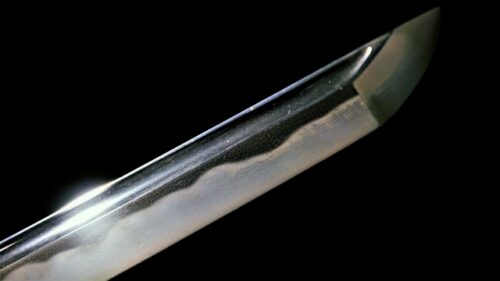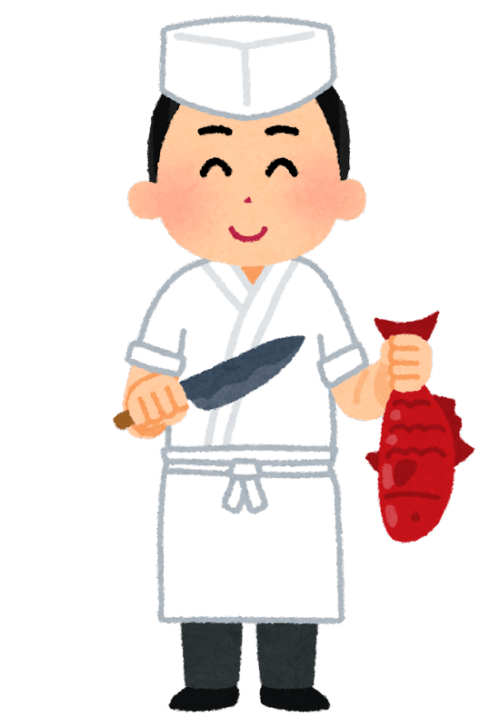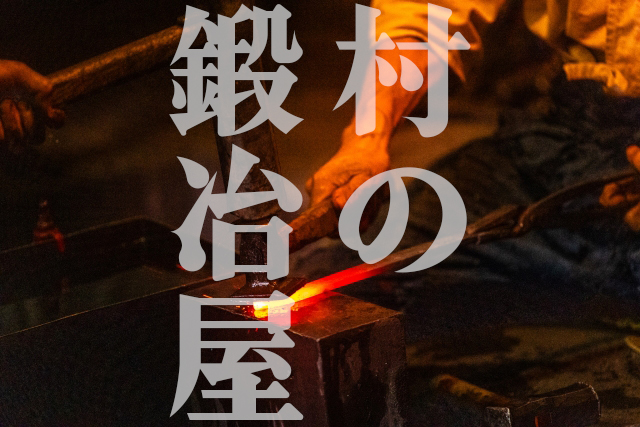Mura no kajiya
Shibashi mo yasumanzu tsuchi utsu hibiki
Tobichiru yudama yo hashiru yudama
Fuigo no kaze sae iki womo tsukazu
Shigoto ni sei dasu mura no kaziyaAruzi wa nadakai hatarakimono yo
Hayaoki hayane no yamai shirazu
Naganen kitaeta jiman no ude de
Uchidasu suki kuwa kokoro komoruLyricist & Composer:Unkown
in 1912
The village blacksmith
The incessant sound of striking hammers resounds,
Sparks fly, water turns to boiling broth,
The bellows’ wind, incessant and breathless,
The village blacksmith devoted to his craft.
The master, renowned for his skillful work,
Untroubled by early rising and retiring early, free from illness.
With arms honed through the ages,
Yields tools crafted with heart and fervor.

The song titled “The Village Blacksmith” was sung until the late Showa era, long after the profession of blacksmithing had ceased to be a part of everyday life.

663highland – 投稿者自身による著作物, CC 表示 2.5, リンクによる
The reason for this persistence isn’t entirely clear, but perhaps the song’s lively rhythm was deemed fitting for children’s musical education.
Though the lyrics depict the blacksmith as someone who forges plows and hoes as agricultural tools, originally, the roots of blacksmithing were likely tied to swordsmithing. Japan has traditionally had a culture centered around blades, evident even in the popular anime “Demon Slayer,(Kimetsu no yaiba)” showcasing the pride associated with crafting the katana and wakizashi, swords worn at the waist of the samurai, the highest social class during the Sengoku period.

With the end of the samurai era and further declines due to mechanization, the demand for plows and hoes as agricultural tools drastically decreased. However, a few blacksmiths still remain scattered throughout Japan, supporting local farmers to this day. Moreover, the “art of blade-making” has also been an integral part of supporting Japanese culinary culture.
▲Miki City Hardware Museum where you can learn about Japanese blacksmithing methods
▲The Japanese sword museum at Tokyo




コメント